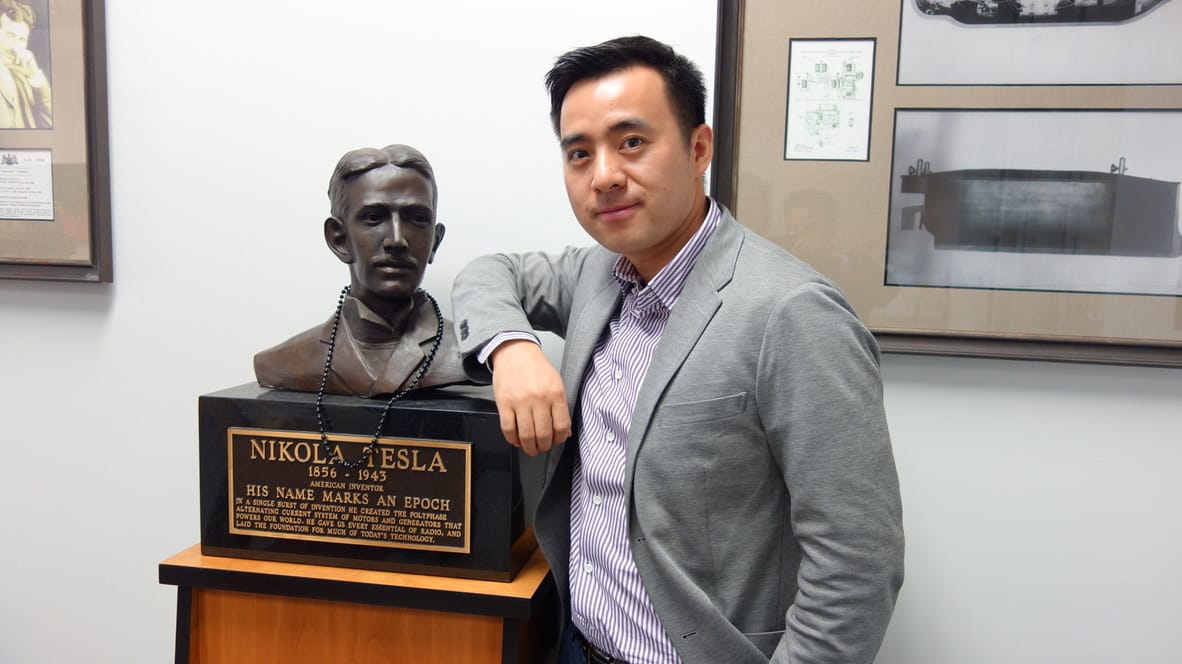Introduction to Framework Thinking
In today's fast-paced world, clarity of thought and effective decision-making are paramount. This article delves into "framework thinking," a method that intertwines with "mental models" to help individuals navigate complexity in both professional and personal arenas. By employing these tools, one can not only find clarity but also enhance leadership capabilities.
"Framework thinking provides structure, offering a coherent basis for accessing and connecting information swiftly, akin to a tree's trunk and branches supporting its leaves." — Author's Insight
Understanding Framework Thinking
Framework thinking involves organizing information in a structured manner to access and connect ideas efficiently. Visualize a tree: its branches and trunk represent the framework, holding everything together. Within this structure, "mental models" serve as the leaves, each unique but collectively integral to the tree's completeness.
On a deeper level, framework thinking's power unfolds when these mental models—specific tools or approaches designed to tackle distinct problems—are integrated. Using these models, like Charlie Munger's arsenal of over 80 models, allows for a latticework of innovative thinking.
The Role of Mental Models
Mental models are like individual puzzle pieces contributing to the larger picture. Some well-known models include:
- SWOT Analysis: Evaluates strengths, weaknesses, opportunities, and threats.
- The Four P's of Marketing: Examines product, price, place, and promotion strategies.
- Law of Supply and Demand: Defines price determination in markets.
- Opportunity Cost: Considers the benefits forgone when choosing one option over another.
- Null Hypothesis: Advocates for informed decision-making.
Building the Latticework
Having a vast array of mental models cultivates diverse perspectives, enhancing problem-solving skills. This interconnected "latticework" can potentially drive success. Charlie Munger’s application of numerous models illustrates this philosophy, contributing to his impressive track record.
Applying Framework Thinking in Leadership
Scenario: Prioritizing a to-do list using the Eisenhower Matrix
The Eisenhower Matrix helps prioritize tasks by urgency and importance. Its quadrants—do, schedule, delegate, and delete—help leaders effectively manage their workload. For instance:
- Notifying a client of a new meeting location may be urgent but not important personally–a task to delegate.
- Finalizing a client's report is urgent and important, requiring immediate attention.
By applying this model, leaders achieve clarity, prioritizing efficiently and solving problems with ease.
Second Order Thinking: Beyond Immediate Consequences
Second order thinking involves anticipating long-term effects of decisions, using "if-then" predictions to map consequences. This model aids in:
- Understanding both direct (first order) and indirect (second order) consequences.
- Evaluating whether decisions align with long-term goals.
For example, investing in leadership training may result in a trained management team (positive first order), but could constrain the budget (negative first order). Anticipating further consequences ensures smarter, comprehensive decision-making.
Sharing Frameworks to Enhance Team Performance
The application of framework thinking extends beyond personal use. Sharing these tools within teams fosters open dialogue and collective clarity on decisions. Suppose a team considers investing in leadership training. By introducing second order thinking, a leader can guide the team through potential outcomes, ensuring a well-rounded decision.
"Leadership platforms grow stronger when frameworks are shared liberally among team members, transforming personal insights into collective intelligence." — Collaborative Wisdom
Conclusion: Towards a Thought Leadership Era
Framework thinking not only improves individual decision-making but also positions one as a thought leader capable of guiding others. By integrating these strategies and sharing them within organizations, one can boost their executive presence and career potential.
Framework thinking is more than a cognitive tool; it's a leadership asset. As the workplace evolves, the ability to apply and share mental models will distinguish future leaders as forward-thinking pioneers.
—
If you're inspired to expand your mental model repertoire, approach your learning methodically, taking structured notes and reflecting on each model's application. This investment not only enriches your understanding but empowers you to navigate any leadership scenario with poise and precision.

Thank you for engaging with this content. For those eager to dive deeper into framework thinking or join our community, stay tuned for our next installment, where we explore advanced mental models. Happy thinking!
Midjourney prompt for the cover image: An abstract illustration of a tree with a latticework of branches and interconnected leaves representing mental models, set against a backdrop symbolizing clarity and structured thinking, captured from a frontal angle, conveying a sense of organization and insight, Sketch Cartoon Style, vibrant and thought-provoking mood.
LEADERSHIP, MENTAL MODELS, DECISION-MAKING, MENTAL STRATEGY, EISENHOWER MATRIX, CLARITY, FRAMEWORK THINKING, YOUTUBE

